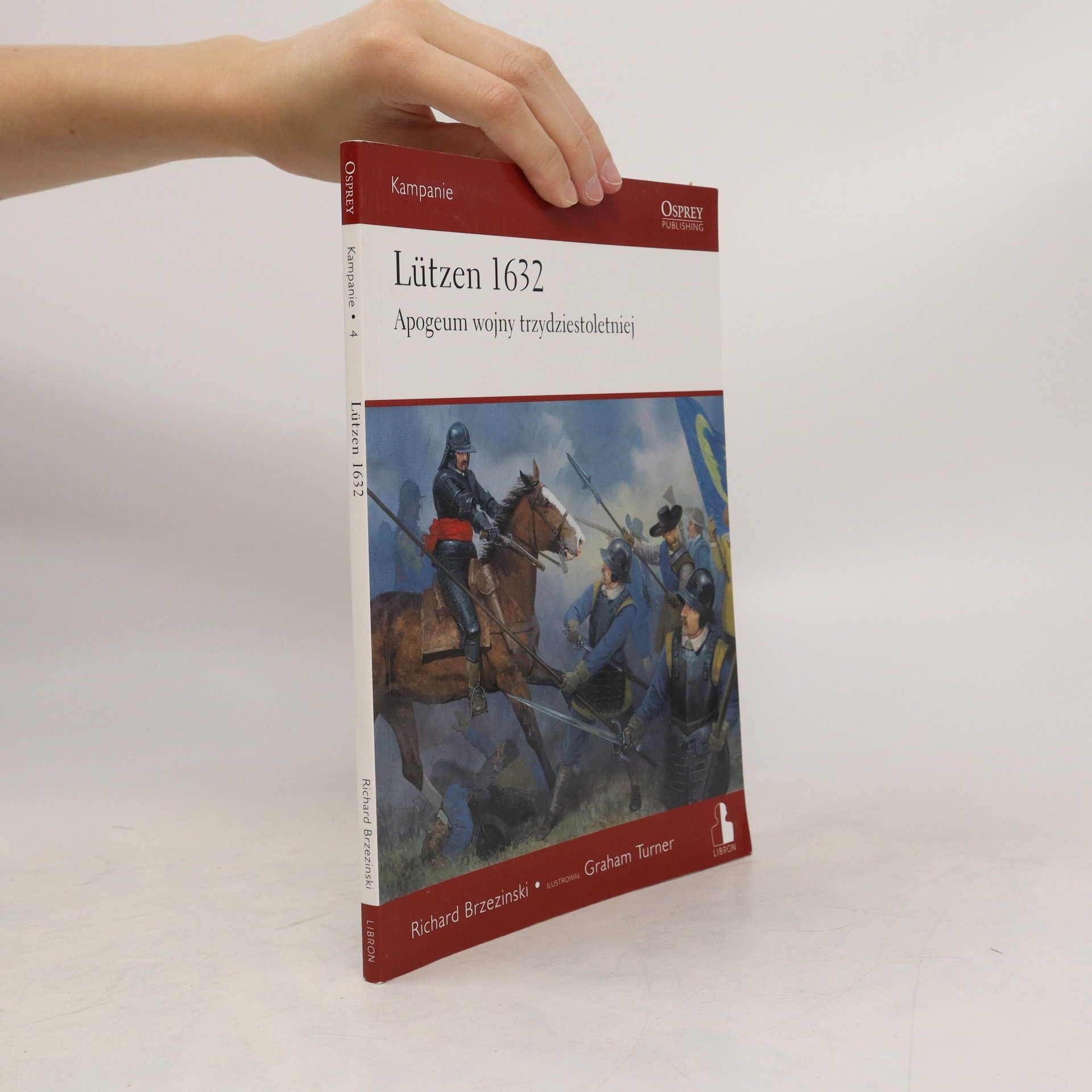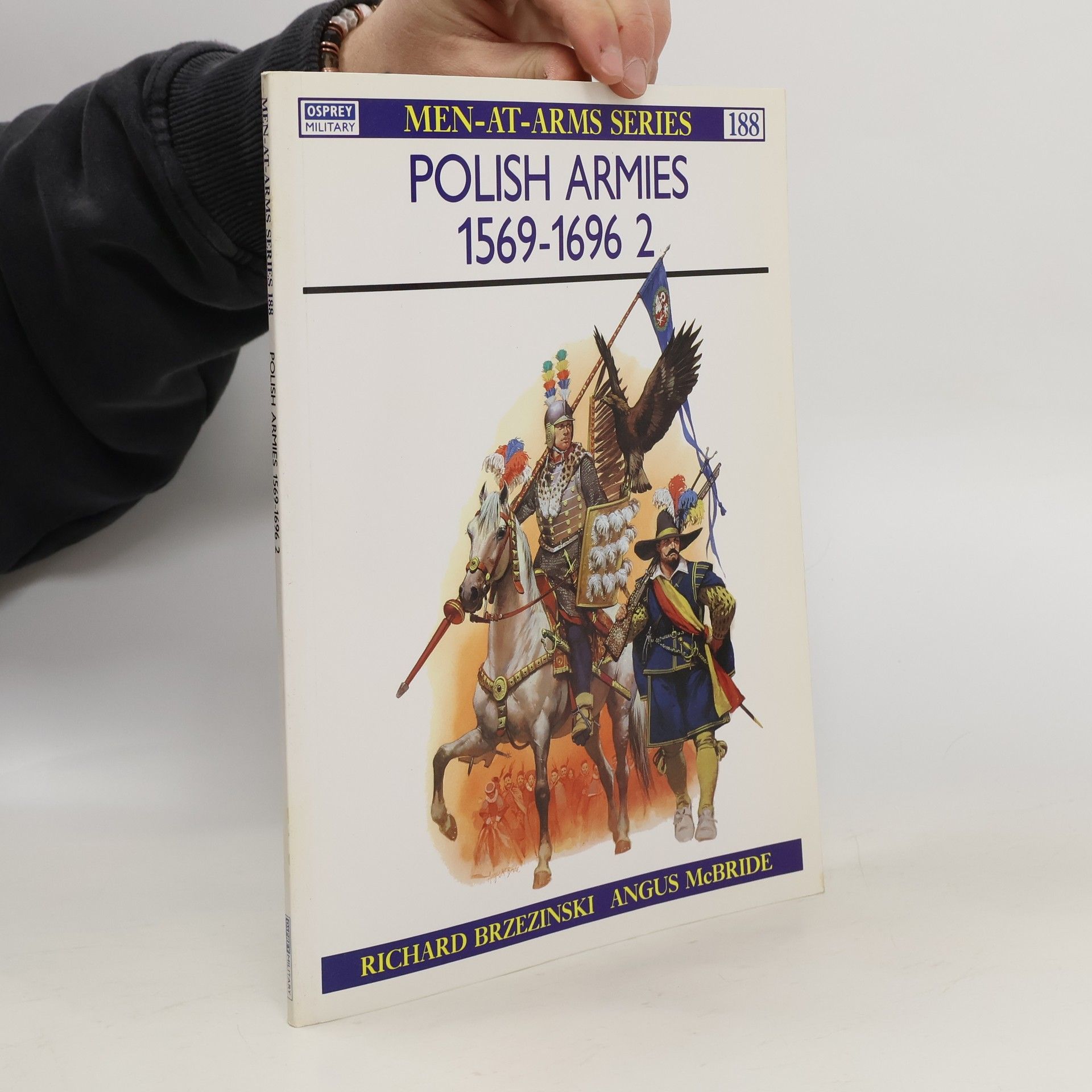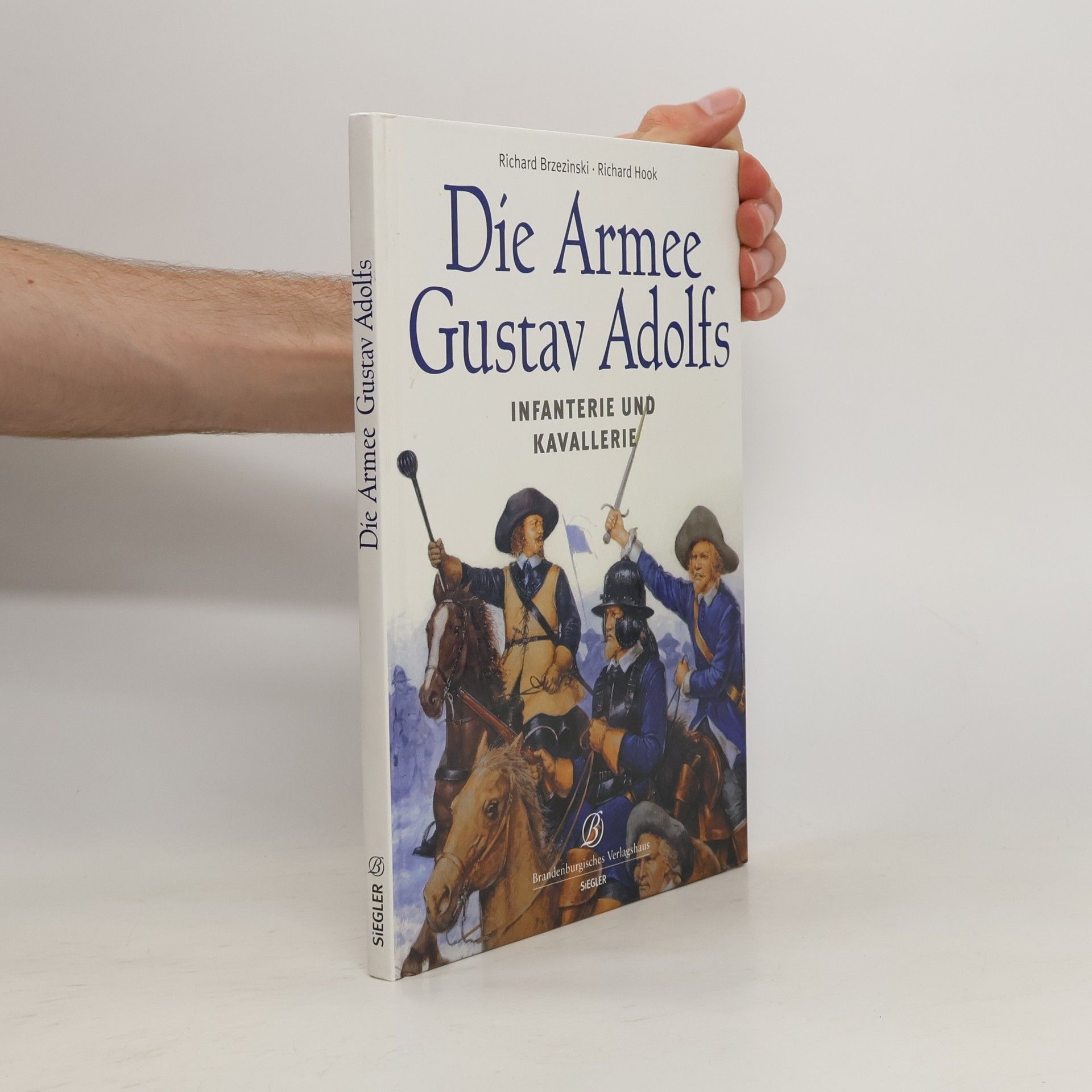Der “Löwe des Nordens”, König Gustav Adolf von Schweden, spielte eine entscheidende Rolle im 30-jährigen Krieg von 1618-48. Im Jahr 1630 schlug Gustav, der letzte Sieger der Protestanten, die Katholiken bei Breitenfeld in einer vernichtenden Schlacht, die weithin als die Erfüllung einer Prophezeiung betrachtet wurde, welche die Niederlage des Adlers (das Symbol des deutschen Kaisers) gegen einen goldenen Löwen voraussagte. Gustav Adolf wurde nur zwei Jahre später in einer Schlacht bei Lützen getötet. Sein Ruhm, den er sich mit technischen und taktischen Innovationen erwarb, blieb jedoch bestehen. Der erste Teil dieses Bandes beschäftigt sich mit Ausstattung, Uniformen und Organisation der Infanterie. Im zweiten Teil geht es um die Kavallerie, die maßgeblich am Erfolg Gustav Adolfs beteiligt war. Man sagt, er habe der Stagnation europäischer Kavallerie-Kriegsführung ein Ende bereitet und ihr Dynamik und Energie verliehen. Wie so häufig hinsichtlich des Gustav-Adolf-Mythos mag auch hier die Wirklichkeit anders aussehen – Richard Brzezinski geht der Wahrheit auf den Grund und sucht nach der tatsächlichen Geschichte der Kavallerie Gustav Adolfs. Kenntnisreich schildert er Waffen, Ausrüstung und Uniformen sowie Organisation und Taktiken. Zahlreiche Illustrationen dienen der zusätzlichen Veranschaulichung.
Richard Brzezinski Bücher



Polish Armies, 1569-1696
- 48 Seiten
- 2 Lesestunden
The 17th century Polish-Lithuanian Commonwealth was almost as varied as modern America. Alongside Slavs lived Lithuanians and other Balts, Germans, Tatars, Armenian merchants, Jewish traders, and even a remarkably large populations of Scots. This variety of cultures had a strong influence on the Polish army. Along with the predominantly Polish and Lithuanian 'winged' hussars served numerous foreigners from both within and outside the Commonwealth: Tatars and Cossacks, Wallachians, Transylvanians, Moldavians, Hungarians, Serbians and Albanians; and from the West, French, Italians, Dutch, Walloons, Swedes and Scots. Richard Brzezinski's companion volume to Men-at-Arms 184 completes his fascinating examination of Polish armies from 1569-1696.